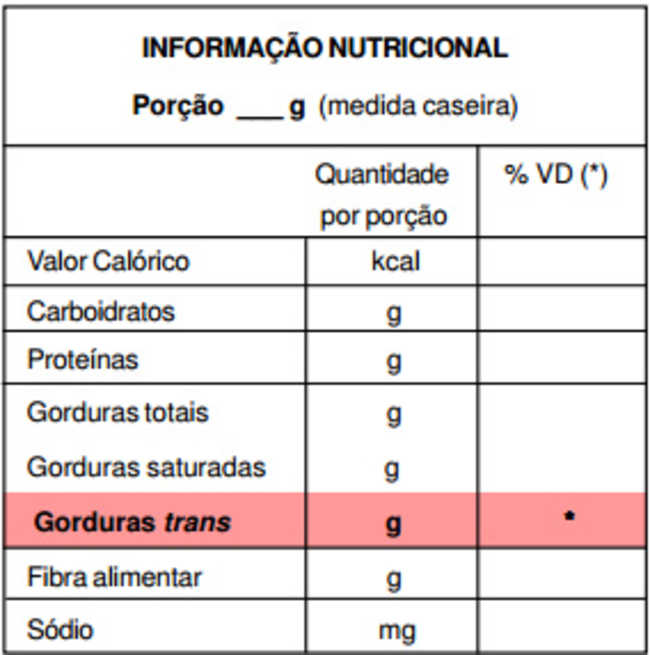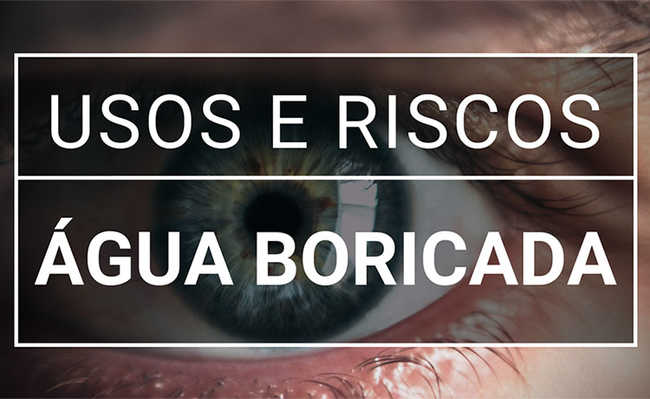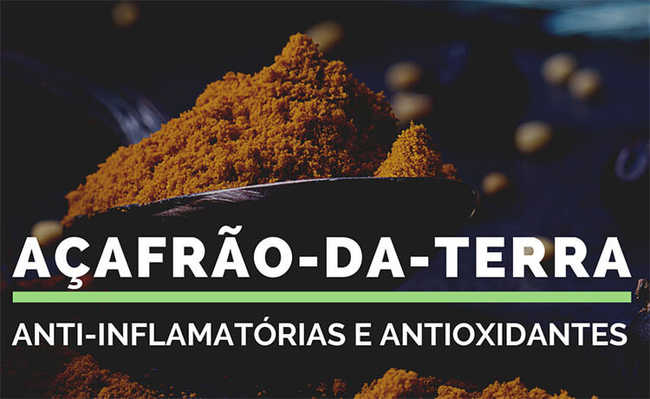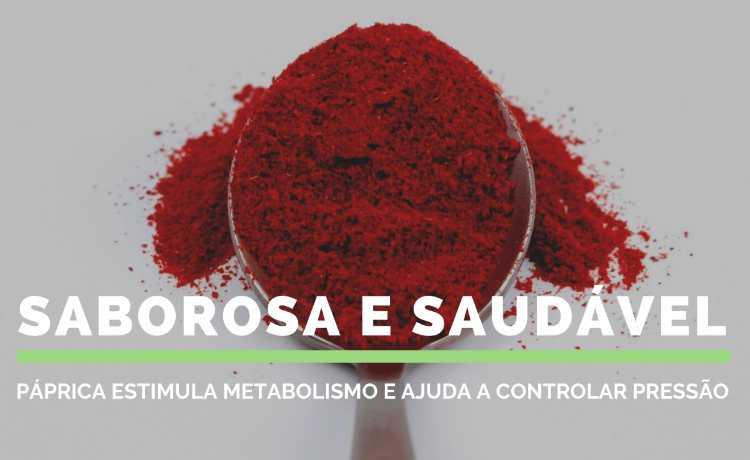What is trans fat?
Trans fat increases the risk of heart attack and diabetes and is present in many foods

Trans fat, common in our dishes, is technically known as industrially produced trans fatty acid. Widely used by industry, trans fat is formed from a parallel reaction to the hydrogenation process of liquid vegetable oils. That is, through the hydrogenated fat formation process, other reactions also occur and form the so-called trans isomers, which are popularly named trans fat.
It is possible to find trans fat in milk and meat, but in small amounts. Trans fat in processed products can be found in margarines, cookies, cakes, ice cream, chocolates diet, tortilla chips, stuffed crackers, fried foods, ready-to-salad sauces, puff pastries, mayonnaise, microwave popcorn, canned soups, vegetable creams and breads.
The usefulness of trans fat for the industry is due to the flavor and preservation of the food. Foods that are high in trans fat can spend more time on supermarket shelves without spoiling or losing quality. Furthermore, as it is cheaper than butter and lard, trans fat is widely used in confectionery.
What are the consequences of trans fat consumption?
The consumption of trans fat causes serious health problems and affects people's quality of life. This is because its ingestion can lead, among other complications, to a heart attack, which is responsible for 27% of deaths in Brazil, according to the Ministry of Health.
Another harm is the increase in the “bad” cholesterol, known as LDL, and the decrease in the “good” cholesterol, the HDL. As a result, the possibility of clogging of the veins, given the blood thickening caused by the increase in LDL and the decrease in HDL, is very high, which can lead to a heart attack or stroke.
Aware of these consequences, governments around the world began to articulate to ban or regulate the consumption of trans fat. Since 2004, the World Health Organization (WHO) has placed in its “Global Strategy on Healthy Eating, Physical Activity and Health” the recommendation to “try to eliminate transfatty acids” from the daily diet.
Countries like Denmark, Switzerland, Canada and the USA have laws regulating the use of this type of fat in food. More recently, the US has classified trans fats as being “unsafe” for food manufacturing. In Brazil, in 2010, the regulation of advertising for these types of food was created, in addition to the obligation of descriptive labels about the amount of trans fat existing.
However, the gaps in the recommendations of the National Health Surveillance Agency (ANVISA) lead many companies to use maneuvers in the descriptions of labels. According to a study carried out at the Federal University of Santa Catarina (UFSC), 72.4% of the products surveyed used alternative names to name trans fat, such as “vegetable fat” or “margarine”.
Following the global trend towards decreasing consumption of hydrogenated fats, networks of fast food also lined up. Large companies such as McDonald's and Burger King have banned hydrogenated oils, rich in trans fat, from their production.
Another issue involves the excessive consumption of omega 6 through the ingestion of processed foods. Trans fatty acids have large amounts of omega 6. The problem lies in the imbalance between the intake of omega 3 and omega 6, both considered fatty acids. However, the excess omega 6 competes with the benefits that omega 3 ingestion can bring, which is to prevent the proliferation of cancer cells, reduce inflammatory processes, minimize the development of cardiovascular diseases and improve neuronal function. Thus, when we consume industrialized foods in excess, we reverse all these beneficial processes mentioned above, transforming them into harm to our body.
How to avoid?
There are always good food options to choose from. Before buying a food, check the nutritional information in the table on the label:

ANVISA determines that the maximum concentration of trans fat per serving in a food is 0.2 g. So if you see a food in the table with more than 0.2 g, don't buy it. There are products that do not contain trans fat. To find out, check if the Amount per serving indicates: 0 g of trans fat.
If the food contains trans fat, it is possible to check by adding "hydrogenated fat" to the list of ingredients.
We select the main foods that you should eat in great moderation and, if possible, avoid them, as they tend to contain trans fat:
Savory and sweet cookies
Biscuits, such as manioc flour, carry a lot of trans fat. You should always pay attention to descriptive labels and try not to eat if there is trans fat.
frozen snacks
To extend your time on the market, trans fat is used. It is always necessary to pay attention to the label, as there are already frozen foods that do not use fat for conservation.
Margarine
The more solid, the more trans fat the margarine has. That's because to keep them that way, hydrogenated oils, rich in trans fat, are used.
Cakes and candies
Many bakeries abuse hydrogenated oils in the production of cakes and sweets, as their value is cheaper than alternatives such as lard or butter. As for them there is no obligation to describe calories, that is, the amount of trans fat to consume is not known, it is preferable to avoid them.










